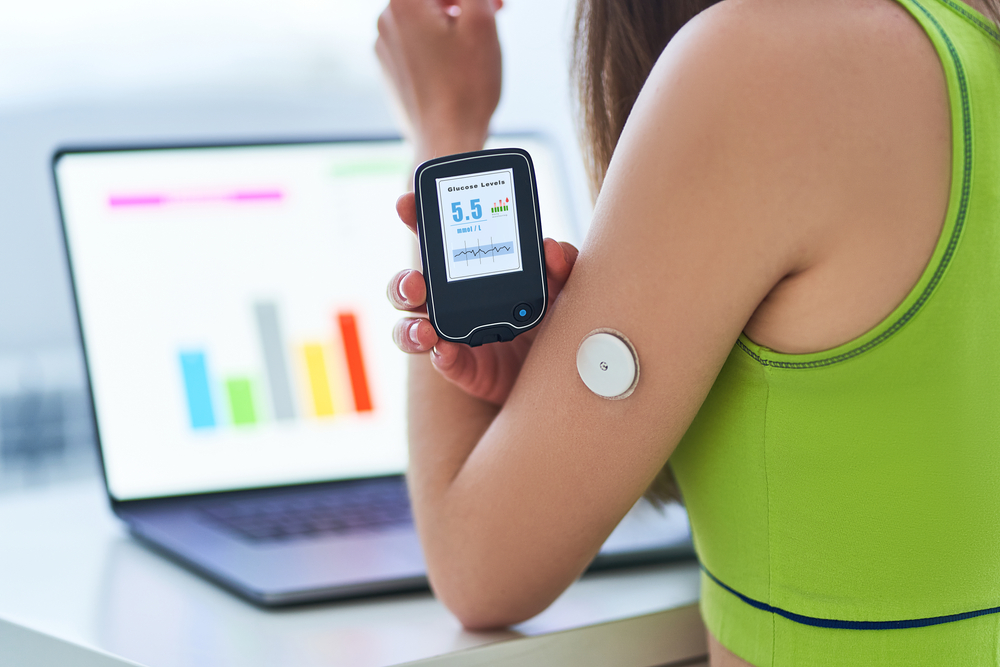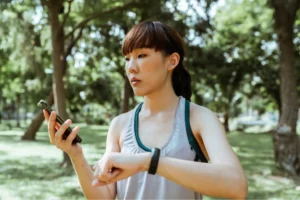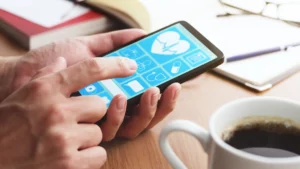
Developing Wearable Technology in Healthcare: Keys to Success
In almost any aspect of our lives, we try to make things easier and more convenient – if there’s something we have to do, we want it to fit into our daily lives as simply as possible. This is especially true for monitoring and maintaining our health and the reason for the prevalence of wearable technology in healthcare.
Wearable technology in healthcare refers to a variety of wearable medical devices and supportive accessories. Medical wearables utilize sensors, actuators, software, and electronic patches attached to the skin to monitor a patient’s health, identify anomalies, and even treat health conditions. Examples include everything from a wearable vital signs monitor to a smart watch glucose monitor or wearable pain relief devices. In 2020, the global wearable technology market topped off at $40.65 billion and is expected to grow at a rate of 13.8% compound annual growth rate from 2021 to 2028 (1).
With a market like that, it’s no surprise many medical device manufacturers embark on developing wearable healthcare devices, whether they are updating an existing product to a mobile wearable medical technology or starting off with a wearable device from the beginning. But wearable technology in healthcare does not follow the same roadmap as traditional medical devices, and it’s important for developers to keep some important considerations in mind:
Usability: Since it is worn on the body, it is important for wearable technology in healthcare to be able to withstand a variety of environments that a person experiences in their daily lives. For example, a patient may need to constantly use a wearable diabetes monitor, so it will go into a shower with them, requiring it to meet different standards than a stationary medical device that wouldn’t normally get wet. Manufacturers of wearable technology in healthcare are always trying to make their products less cumbersome, improving their aesthetics and medical device usability engineering.
Battery life: To optimize convenience and practicality, wearable device developers must consider the battery life of a product. If a patient uses a wearable ECG monitor, constantly changing or recharging batteries can be a burden and negatively impact their ability to lead their lives.
Connectivity: One of the main purposes of wearable technology in healthcare is to monitor a patient’s vital signs and capture data to inform their medical providers and aid in developing their treatment plan. To do that, the device must have some sort of connectivity, through Wi-Fi, Bluetooth Low Energy (BLE), or cellular connections. Data collected through wearable heart monitoring devices can’t help if physicians can’t easily access it.
Size constraints: For a device to be truly wearable, it has to be small enough for a person to comfortably wear it on their body, often under their clothes, while continuing to meet performance requirements for connectivity. That equates to a plethora of technology packed into a very small package, creating formidable design challenges. These competing goals require experience to meet. At Sterling Medical Devices, we have extensive experience in helping companies design and develop wearable technology for the healthcare industry. We know how to incorporate these considerations whether you are working on a wearable glucose monitor or a wearable pulse oximeter. With knowledge of software, hardware, electronic, mobile technology, and human factors engineering best practices, we can help you develop a great product and get it to market. Please contact us today to get started.




